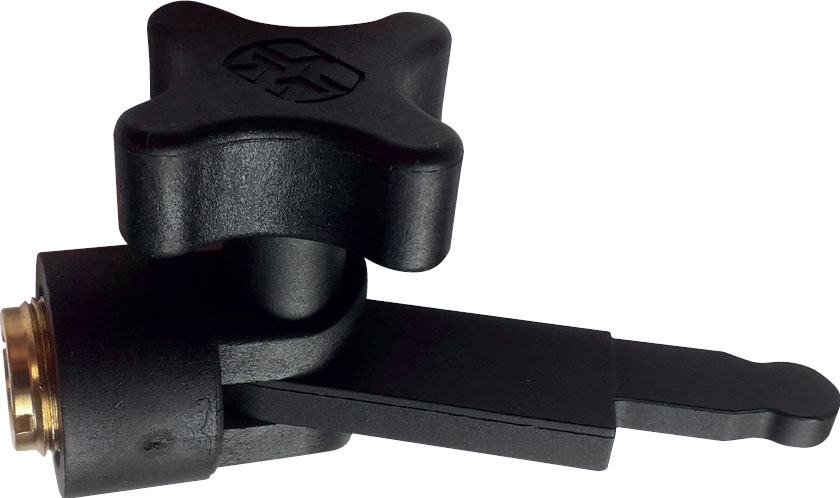
Aston Microphone company want to be the first mainstream microphone brand to come out of the UK, and to achieve that by creating truly inspirational instruments at affordable price points. Considering the illustrious history of British audio engineering (top-of-the-line studios, consoles, processors) it's perhaps surprising that the title should remain unclaimed. We can't ignore the fact that UK brand Sontronics has been going since 2005, winning plaudits and award nominations. But mainstream? Maybe that's the difference.
The meeting of science and art
Music tech specialists will have noticed the stir that Aston products have been causing. Its development team has always prided themselves on innovation, questioning everything about the established microphone's design and build. This led to well-publicised launches of the Origin and then the Spirit microphones, created with the participation of numerous producers, engineers and artists who engaged in double-blind listening tests.
For its most ambitious project yet Aston increased the size of its audition panel to over 90 industry professionals, from all around the world, who listened to recordings made using the Aston prototype, comparing them alongside classic ‘goto’ professional mics. From the panel's response, timbral preferences were made clear.
No-one voting knew the origin of any of the recordings, but, confounding expectations, one particular microphone configuration was voted a clear favourite for male voices of all ranges and style, while another was the obvious preference for female voices of every kind. One setting came out on top for guitars of every sort too – of course, statistically something had to, and it doesn't necessarily follow that it's the best in every situation. That said, people who listen for a living liked it a lot! It's an astonishing thought that whether its acoustic, classical, folk or electronic, one mic works best for all.
Would you believe it
Aston admits it was surprised, thinking the results would be met with incredulity from the wider community of musos and audio buffs. For my part, I've looked at the frequency graphs and, well, they're very pretty. Someone like me learns to trust the people with recognised technical cred – so for example, I couldn't help noticing that earlier this year Resolution and Sound on Sound featured reviews of the new Aston Stealth. Hugh Robjohns called it ‘An unexpected industry first’ concluding ‘this new microphone sets a very high bar for sound quality’
I spent a weekend testing each setting with voice, guitar and percussion, and I have to admit, it is good! A dynamic, moving coil, end address and fixed-pattern cardioid microphone, the Stealth has four voicing options, optimised for male voice, female voice, guitar and anything that might benefit from a more old-fashioned ‘dark’ sound.
Each voice and instrument, has its own specific tone and character and therefore presents a unique challenge to the recording engineer, who might audition several mics and placements before deciding on the best set-up. It's why studios that have a comprehensive mic collection promote the fact in their sales pitch – you need those options!

Unfortunately, the stand is not a standard accessory
The Stealth's V1, V2, G, and D settings are not filters, but ‘contour networks’, meaning the signal passes through discrete circuitry which is optimised for certain types of sound. In passive mode, the settings deliver very clearly but at low level, typically requiring lift from a preamp. When it senses phantom power (48v) the Stealth automatically engages its own internal Class A mic, giving level and sensitivity a massive boost
Thank god it's Faraday
Stealth's capsule is enclosed in a stainless-steel faraday cage, rejecting electromagnetic interference that causes hum. The capsule itself is suspended on internal shockmounts, which stops anything knocking into the microphone and causing unnecessary rumble.
The voice-selector switch-ring takes a bit of getting used to – Aston know this, providing introductory advice on the correct grip for the manoeuvre. I would have liked more of a strong ‘click’ to signal that the mic was in place.
The special quick-release mic-stand adaptor is simple, though on first set-up I found that space for the XLR connection was compromised and I had to adjust the stand to get things sitting comfortably. Note that this adaptor is not a standard accessory – if it goes missing your fallback arrangement might have to be a suspension cage or a bit of carpentry, (spares are £20).
If a music department wanted to purchase a quality mic, it should consider the versatility of the Stealth. It comes in at just under £300 and is effectively several mics in one.
For more information visit astonmics.com




